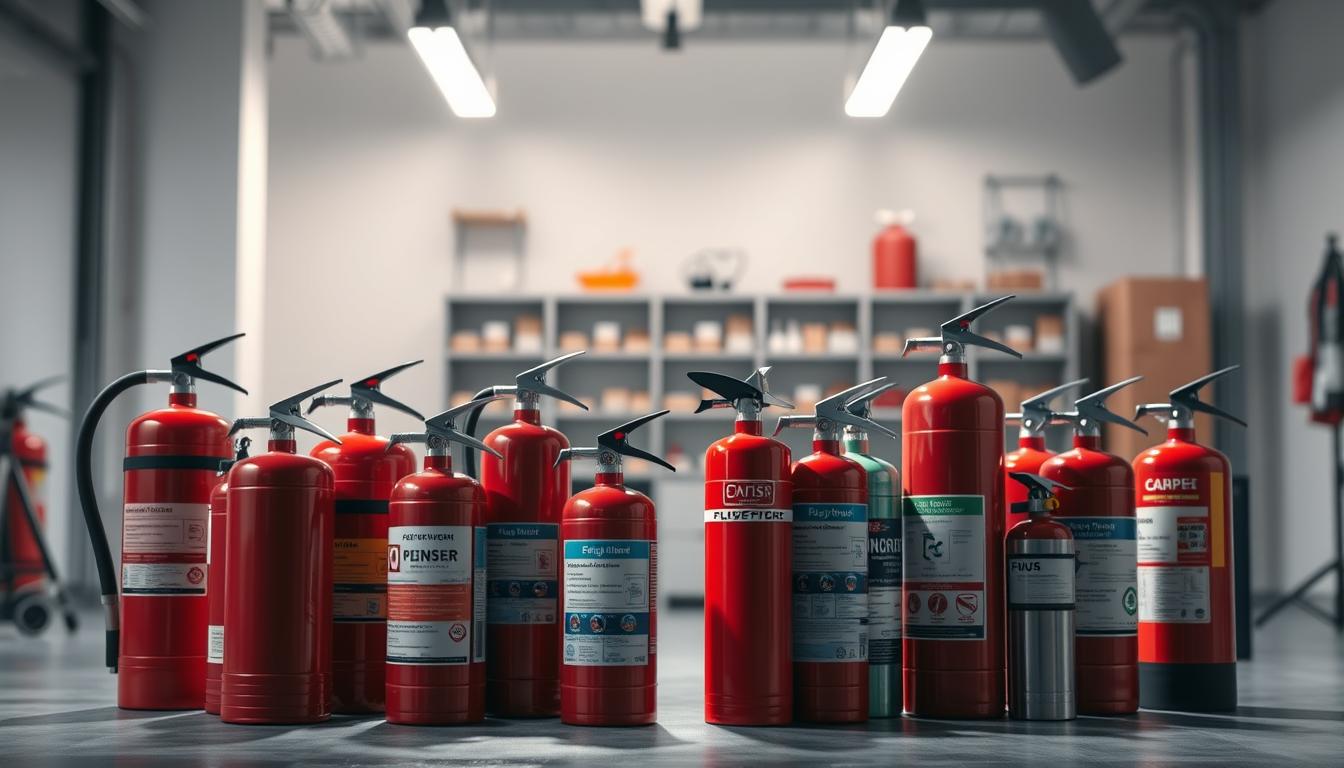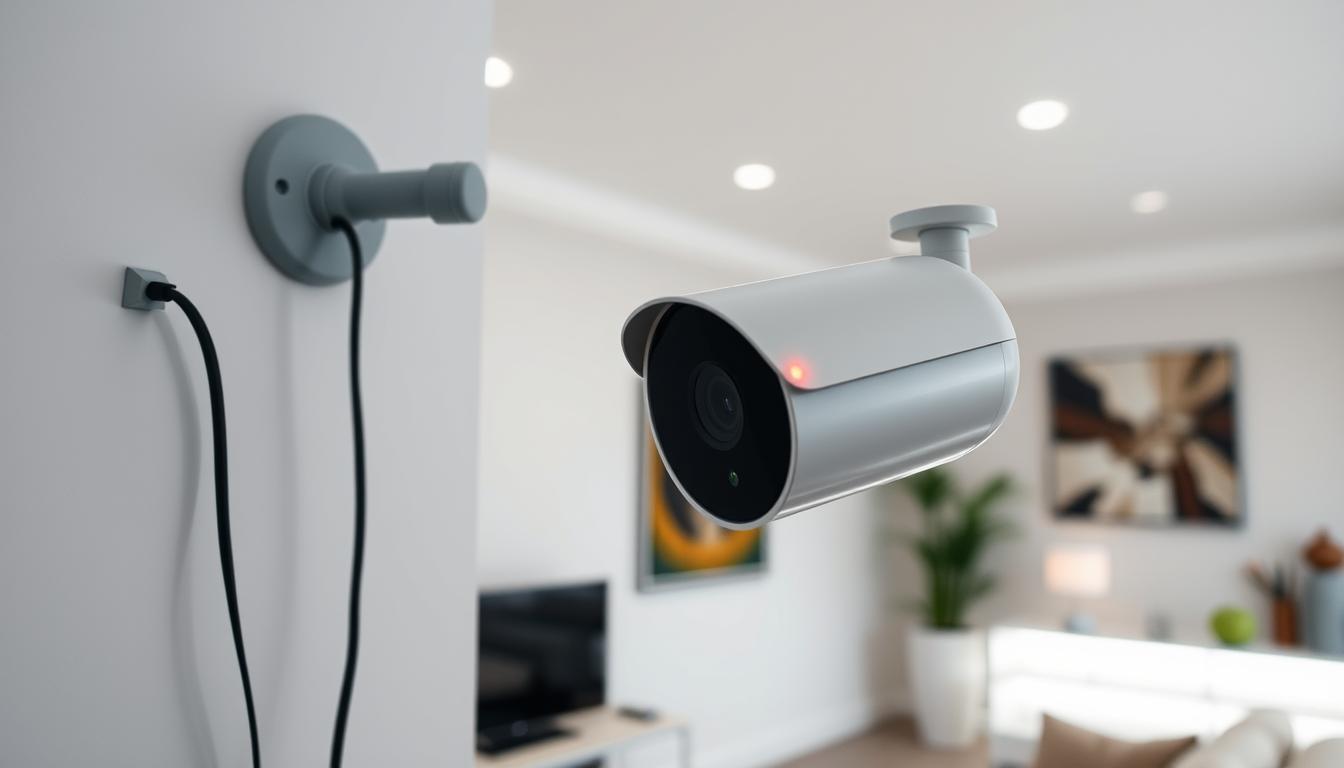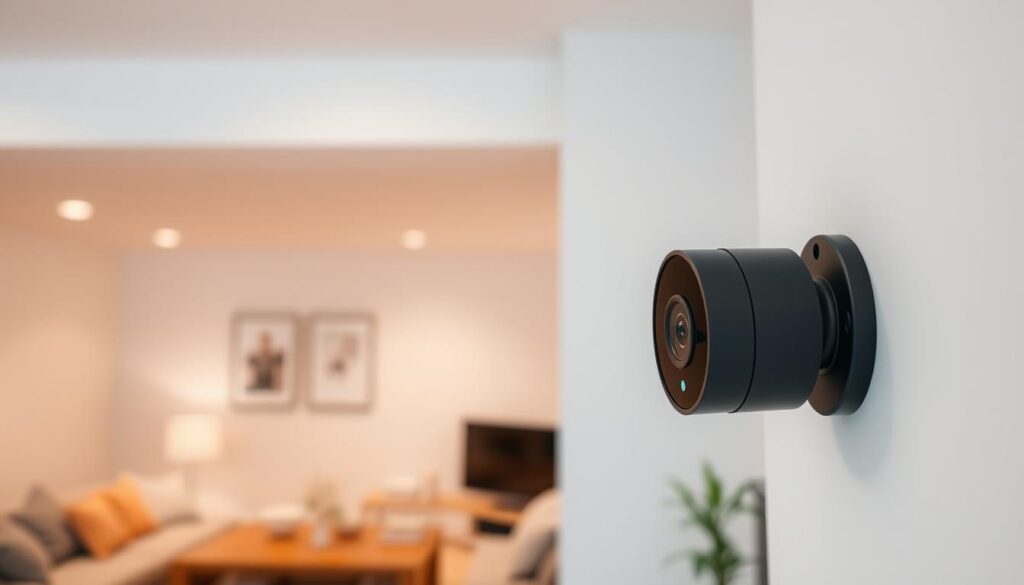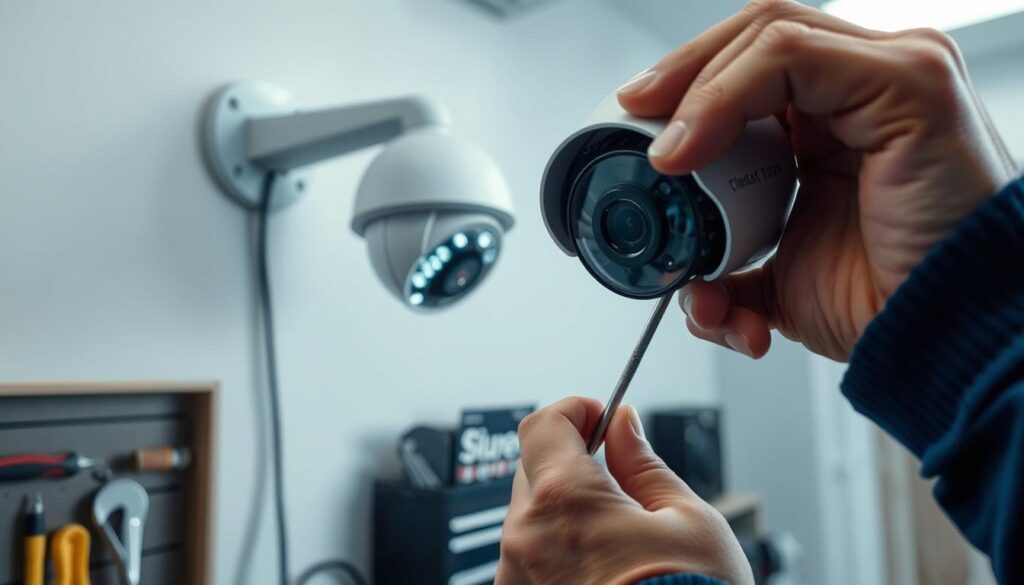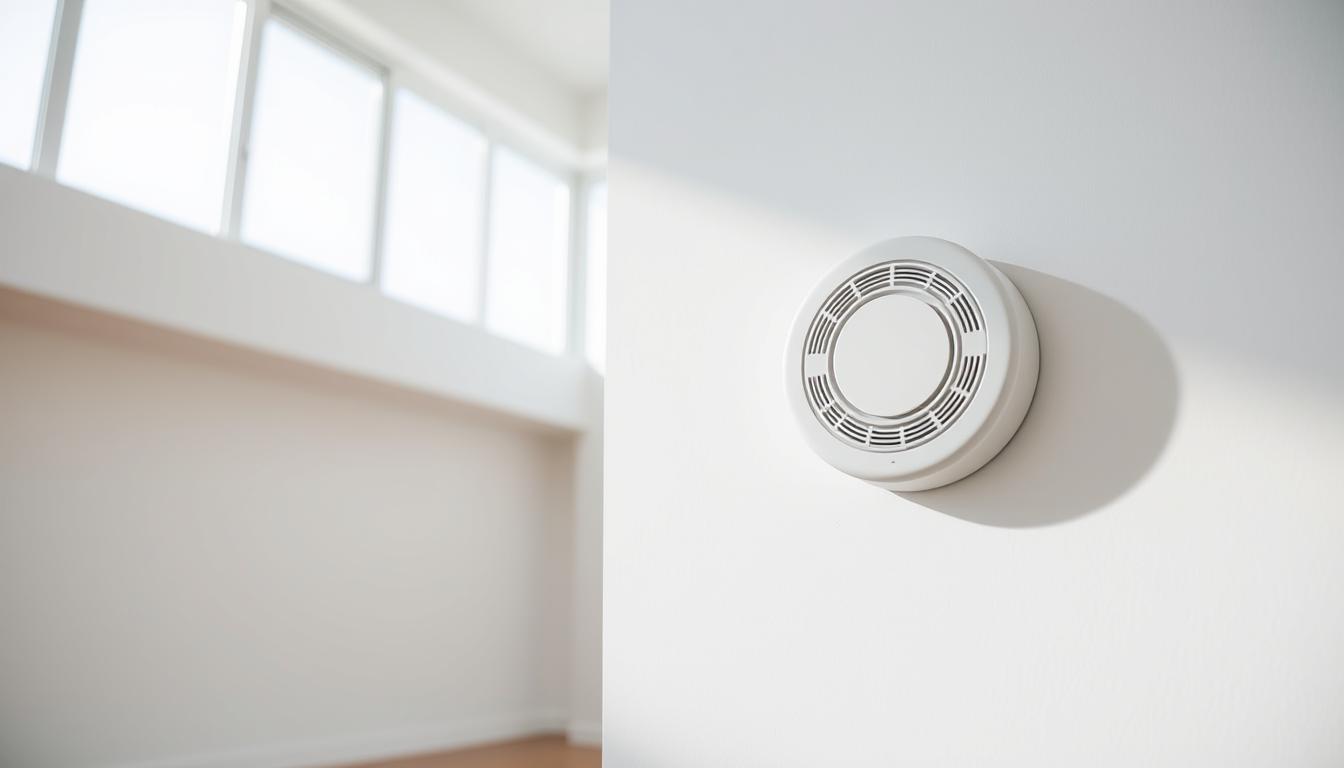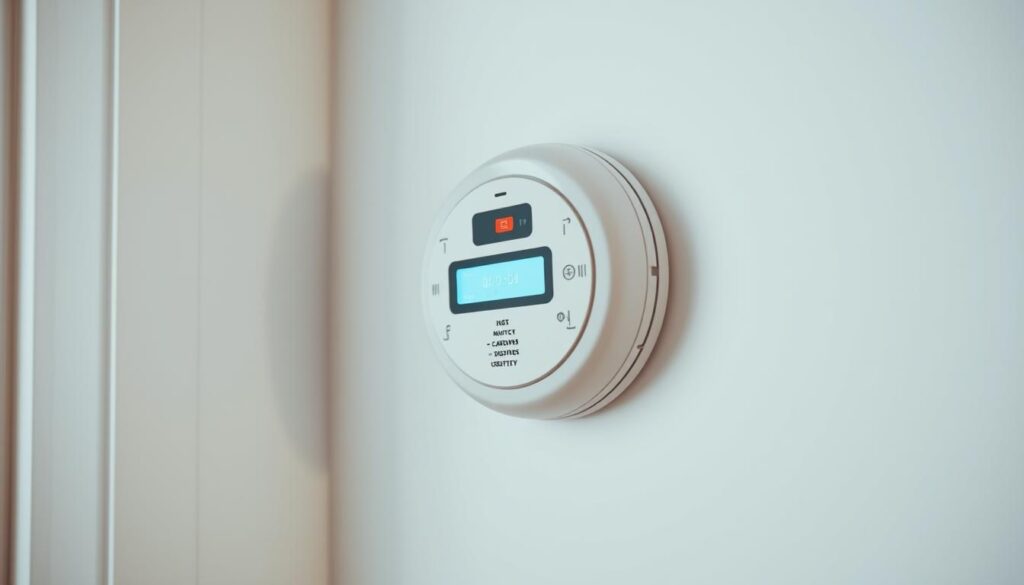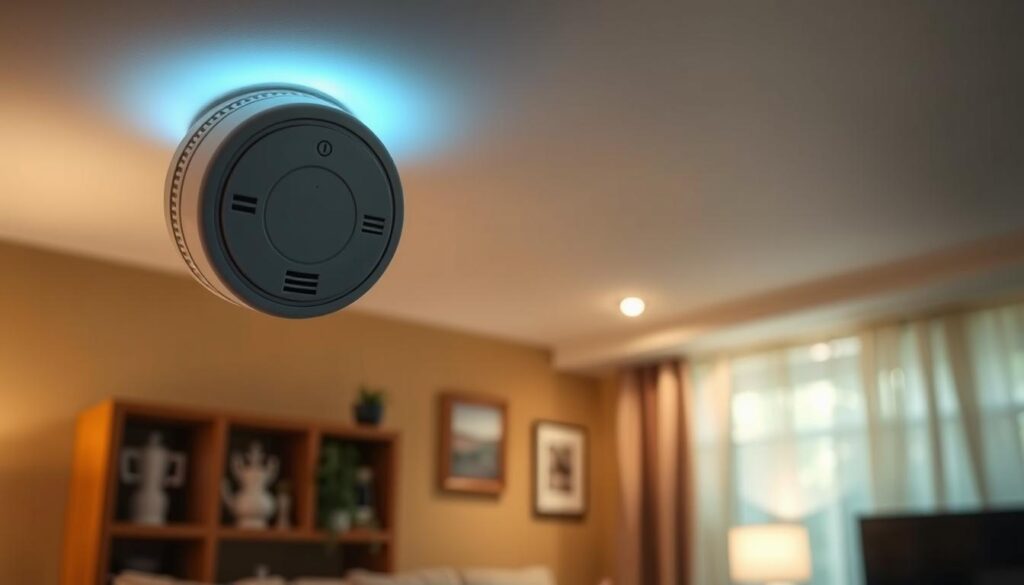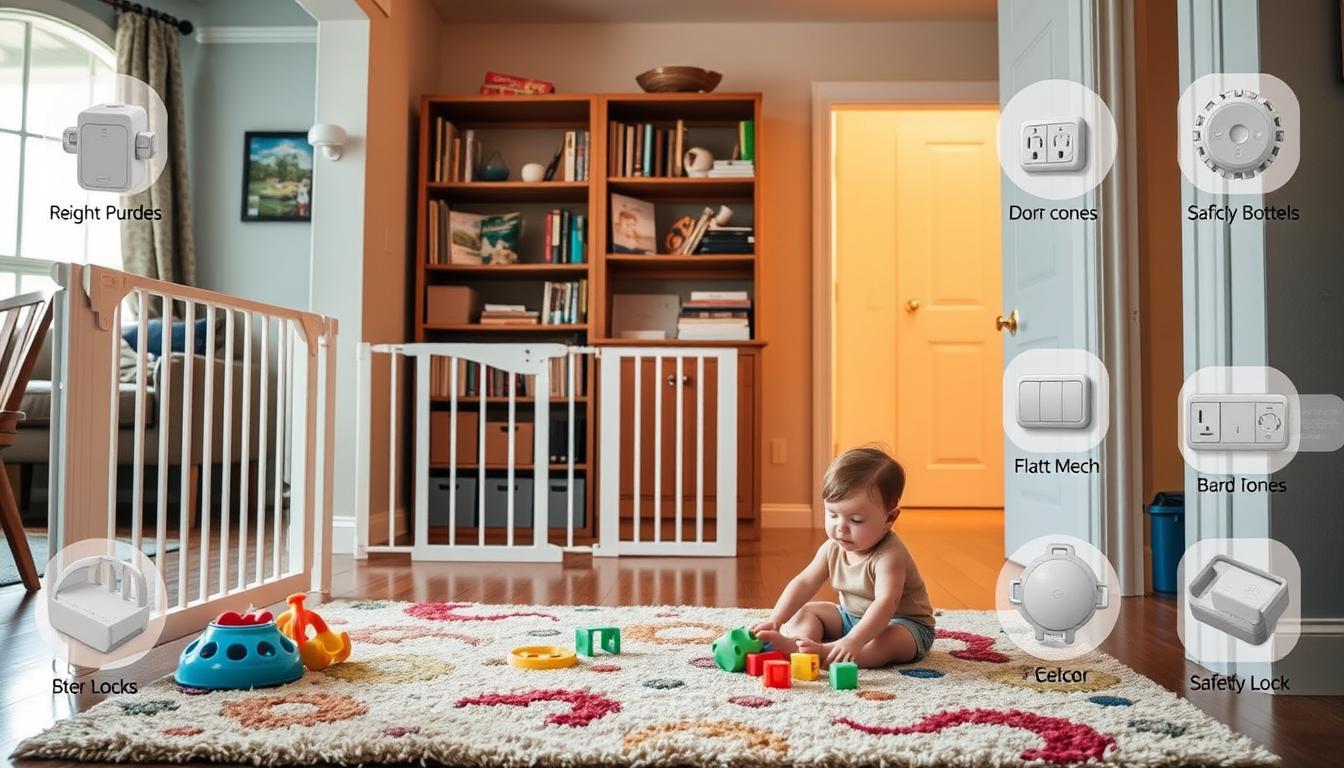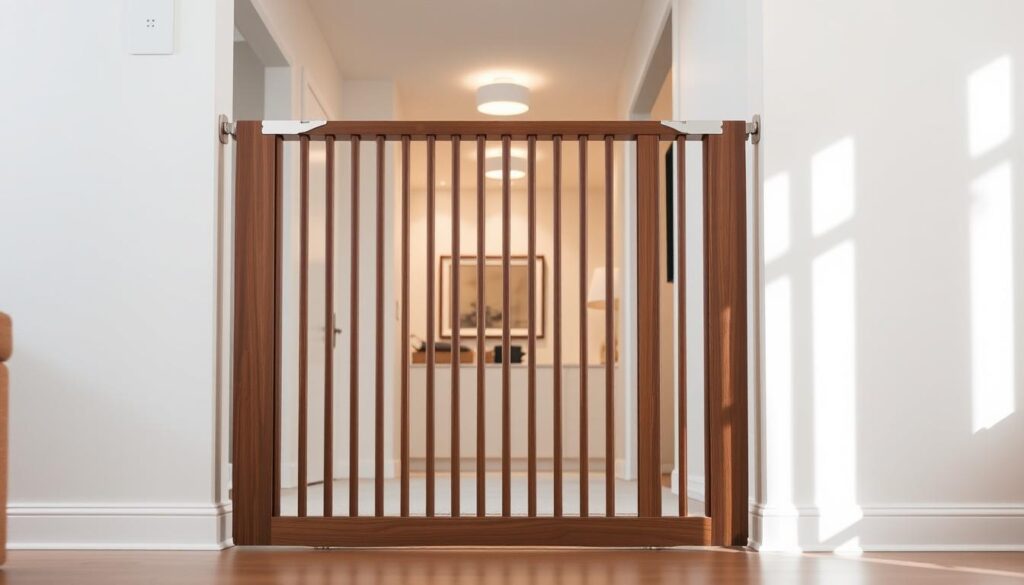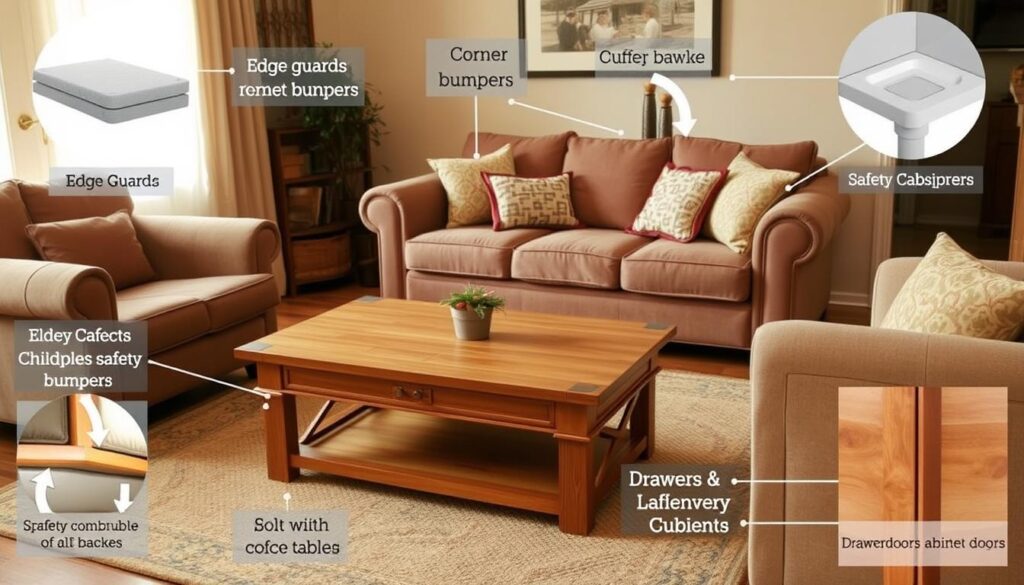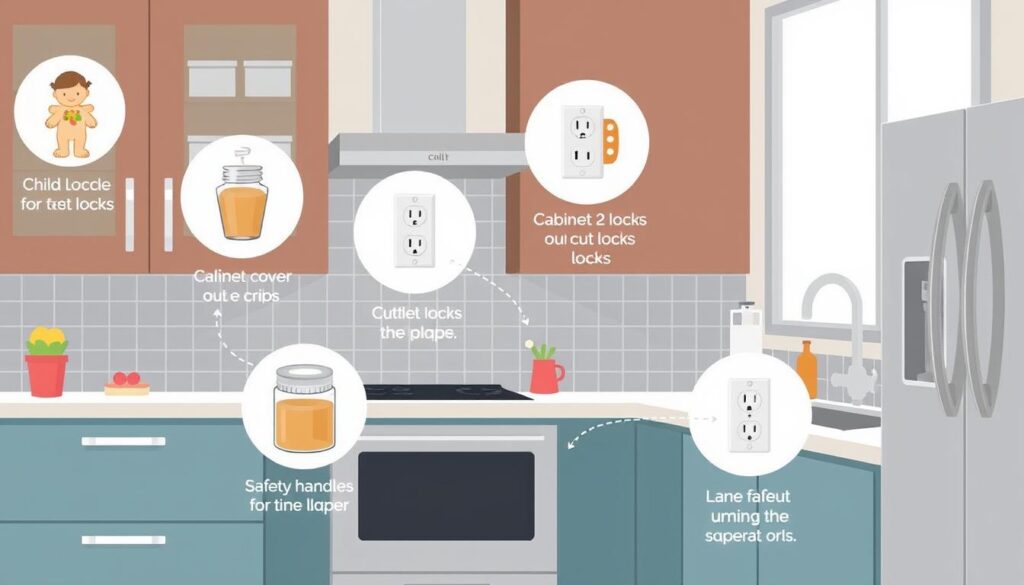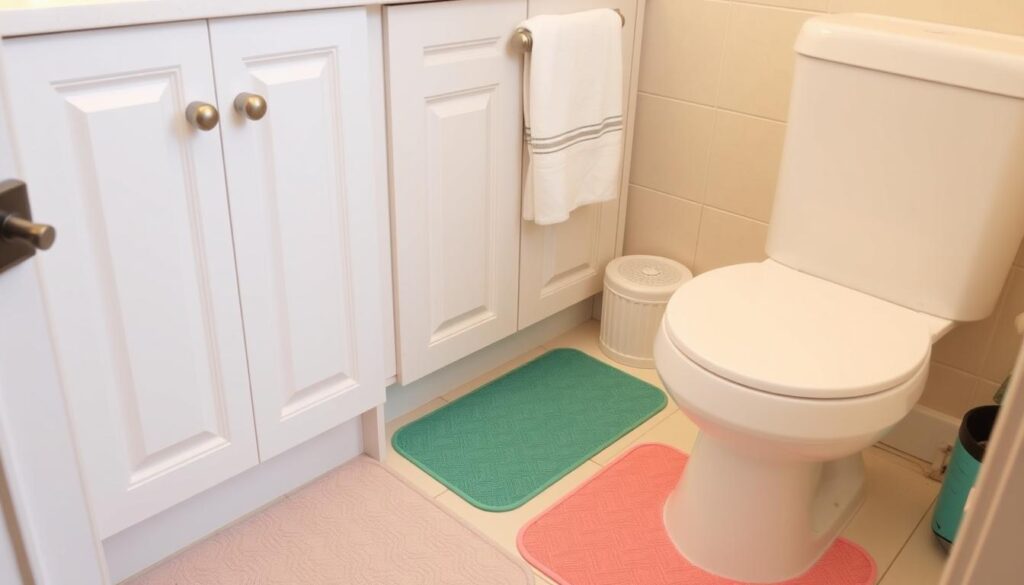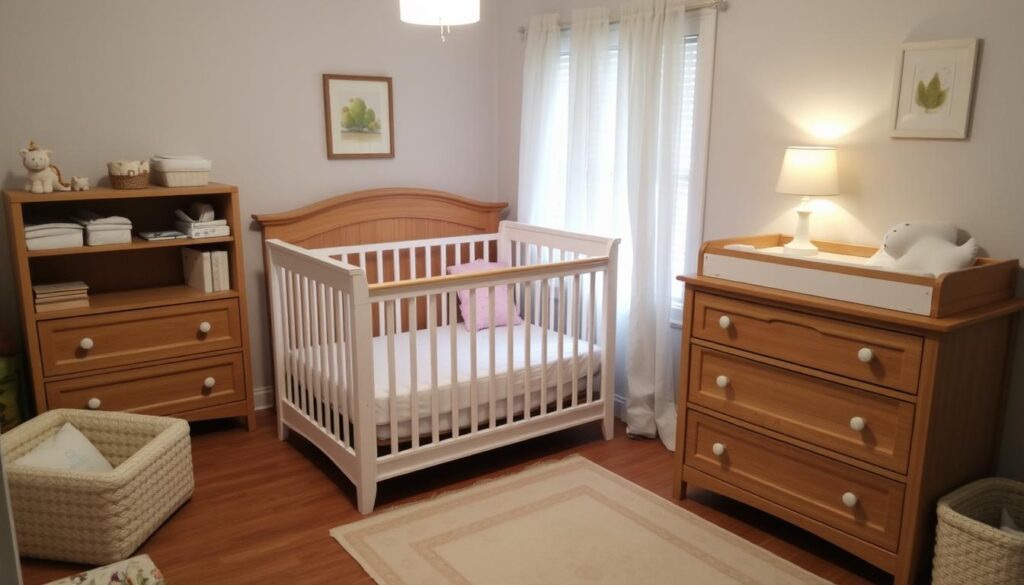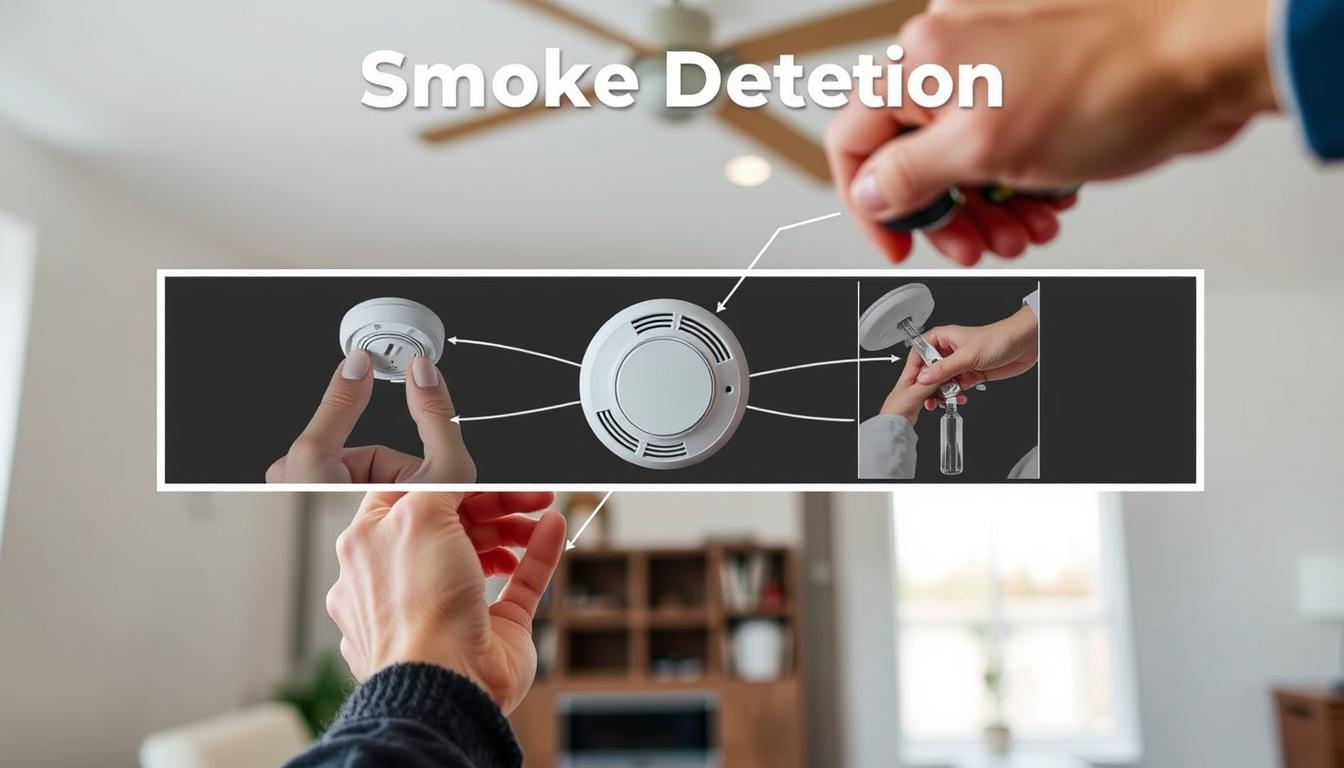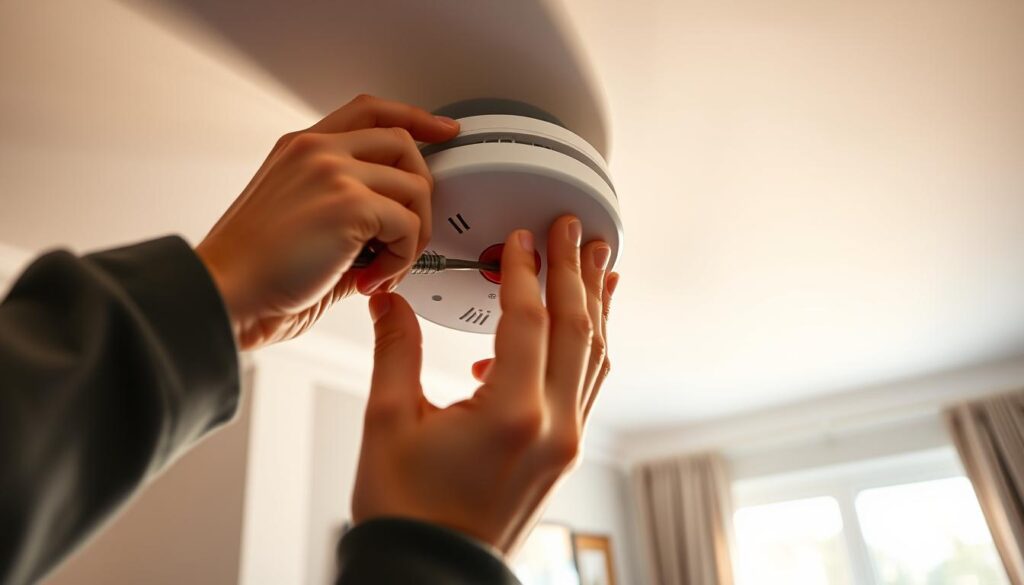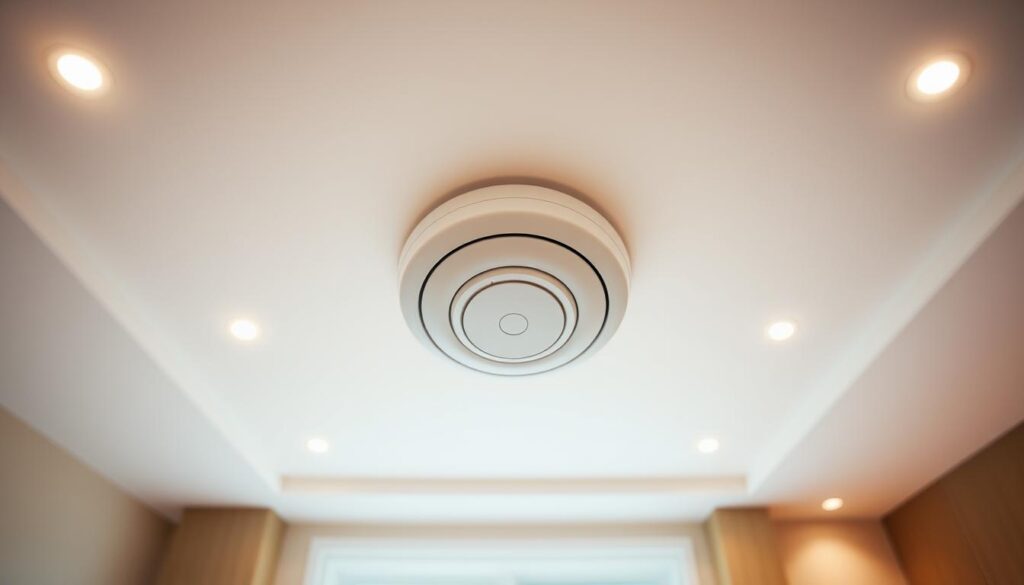Having the right fire extinguishers in place is crucial for safety in both homes and businesses across the UK.
Different classes of fires require specific types of extinguishers to effectively combat the blaze. Understanding these differences is key to ensuring you’re prepared for any potential fire hazard.
With various fire extinguisher types available, selecting the most appropriate ones for your premises can be daunting. This guide aims to simplify the process, explaining the different extinguishers and their uses, to help you make informed decisions about your fire safety needs.
Key Takeaways
- Understand the different classes of fires and the appropriate extinguishers for each.
- Learn about the various fire extinguisher types available for home and business use.
- Discover how to choose the right extinguishers for your specific environment.
- Gain insights into UK regulations regarding fire extinguishers.
- Ensure compliance and enhance your fire safety measures.
Understanding Fire Classifications
Fire safety begins with understanding the different types of fires that can occur. Fires are classified based on the type of fuel that is burning, and this classification is crucial for selecting the appropriate extinguishing agent.
Class A: Combustible Materials
Class A fires involve ordinary combustible materials such as wood, paper, cloth, and plastics. These fires require extinguishers that cool and soak the materials to prevent re-ignition.
Class B: Flammable Liquids
Class B fires are caused by flammable liquids like petrol, oils, paints, and solvents. Extinguishers for Class B fires smother the fire and remove oxygen to prevent it from spreading.
Class C: Flammable Gases
Class C fires involve flammable gases such as propane, butane, and natural gas. The extinguishers used for Class C fires are designed to safely interrupt the combustion process.
| Fire Class | Fuel Type | Extinguishing Method |
|---|---|---|
| Class A | Combustible materials | Cooling and soaking |
| Class B | Flammable liquids | Smothering and removing oxygen |
| Class C | Flammable gases | Interrupting combustion |
Class D: Combustible Metals
Class D fires involve combustible metals like magnesium, titanium, and aluminium. Specialised extinguishers are required for Class D fires, designed specifically for metal fires.
Electrical Fires
Electrical fires involve energised electrical equipment. Non-conductive extinguishing agents are necessary to prevent electric shock to the user. Once the electrical item is removed, the fire can change class.
Class F: Cooking Oils and Fats
Class F fires involve cooking oils and fats, typically occurring in commercial kitchens. Specialised wet chemical extinguishers are used to prevent re-ignition.
Fire Extinguisher Types and Uses: A Comprehensive Overview
To ensure you’re prepared in case of a fire emergency, it’s essential to know about the different types of fire extinguishers and their applications. Fire extinguishers are not one-size-fits-all devices; they come in various types, each designed to tackle specific classes of fires effectively.
Colour Coding System Explained
The colour coding system for fire extinguishers in the UK follows British Standard EN3. All extinguishers have a red body, with a coloured label or band indicating the type: red for water, cream for foam, blue for powder, black for CO2, and yellow for wet chemical. This system helps you quickly identify the type of extinguisher.

Fire Ratings and What They Mean
Fire extinguishers capable of extinguishing class A, B, or F fires carry a fire rating indicated by a number and letter (e.g., 13A, 55B). The number indicates the size of the fire it can extinguish under test conditions. The larger the number, the larger the fire it can combat.
British Standards and Regulations
Understanding British Standards and regulations is crucial for compliance with UK fire safety regulations. The Regulatory Reform (Fire Safety) Order 2005 and BS EN3 manufacturing standards outline the requirements for fire extinguishers. Ensuring your fire extinguishers meet these standards is vital for effective fire safety.
As emphasized by fire safety experts, “Having the right fire extinguisher and understanding its use can significantly reduce the risk of fire-related injuries and damages.” Ensuring you’re well-informed about fire extinguisher types and uses is a critical step in maintaining a safe environment.
Water Fire Extinguishers
Water fire extinguishers are widely used for combating fires involving solid combustible materials. These extinguishers are easily identifiable by their bright red label.
How They Work
Water extinguishers work by cooling the fuel, thereby reducing the temperature below the combustion threshold. This is achieved through the discharge of water, which soaks the burning material.
Suitable Applications
Water fire extinguishers are suitable for use in various environments, including offices, schools, and retail spaces, where Class A fire risks are prevalent. They are effective against fires involving organic materials such as paper, cardboard, fabrics, textiles, wood, and coal.
Limitations and Safety Considerations
It’s crucial to note that water extinguishers should not be used on fires involving electrical equipment, kitchen fires, or those involving flammable liquids and gases, as this can exacerbate the situation or create additional hazards.
Water Spray vs Water Mist Variations
Water spray extinguishers cover a greater surface area more quickly than standard jet extinguishers, putting out fires more rapidly. Water mist extinguishers, with their finer droplets, can tackle a wider range of fires and, when certified, can be used on electrical fires.
| Extinguisher Type | Suitable for | Not Suitable for |
|---|---|---|
| Water Fire Extinguisher | Class A fires: paper, wood, textiles | Fires involving electrical equipment, flammable liquids/gases |
| Water Spray Extinguisher | Class A fires, larger surface areas | Electrical fires (unless certified), flammable liquids/gases |
| Water Mist Extinguisher | Class A fires, some electrical fires (if certified) | Flammable liquids/gases |
Water Mist Fire Extinguishers
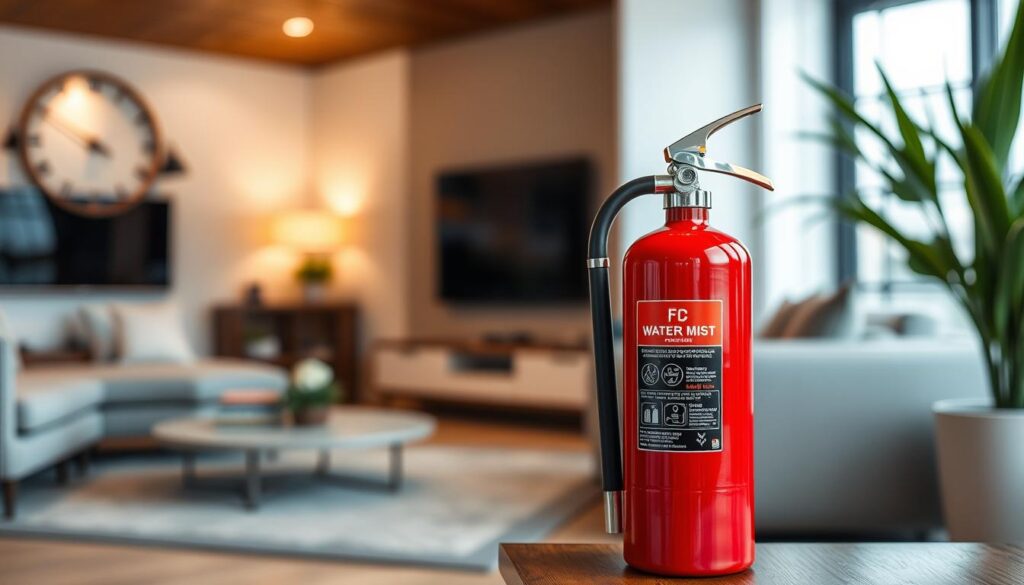
Water mist fire extinguishers offer a sophisticated approach to fire suppression, suitable for a range of fire types. They use a special nozzle to create microscopic water particles that effectively combat fires.
How They Work
These extinguishers work by releasing microscopic water particles that ‘suffocate’ the fire and create a wall of mist between the fire and the user, reducing the feeling of heat.
Suitable Applications
Water mist fire extinguishers are highly effective on Class A, B, C, and live electrical equipment fires. They are versatile and contain only de-ionised water, making them suitable for various environments.
Advantages Over Standard Water Extinguishers
Unlike standard water extinguishers, water mist versions can be safely used on a wider range of fire types, including electrical fires when properly certified. The de-ionised water leaves no residue, ideal for environments with sensitive equipment.
Use on Electrical Equipment
Water mist extinguishers that have been di-electrically tested can be used on live electrical equipment up to 1000 volts from a distance of 1 metre, enhancing safety.
Foam Fire Extinguishers
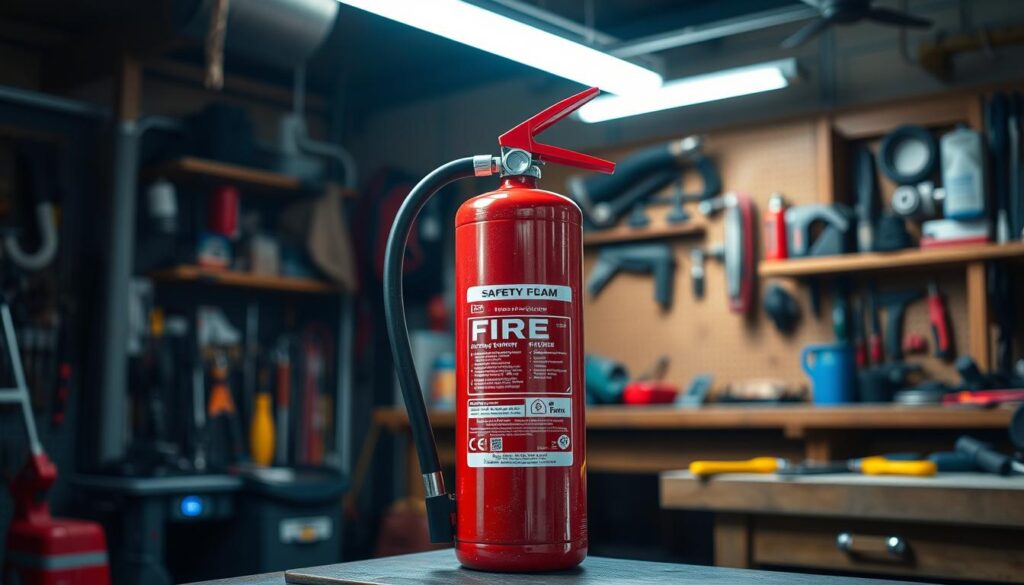
For environments where both solid materials and flammable liquids pose fire risks, foam extinguishers are a vital piece of safety equipment. Foam fire extinguishers are identified by their cream-coloured label and are designed to tackle both Class A fires (solid combustibles) and Class B fires (flammable liquids).
How They Work
Foam extinguishers work through a dual-action approach: cooling the fire like water extinguishers while also creating a blanket of foam that seals the surface of flammable liquids, preventing the release of flammable vapours. This makes them effective for fires involving organic materials such as paper, cardboard, fabrics, and textiles, as well as flammable liquids like paint and petrol.
Suitable Applications
These extinguishers are particularly effective in environments where both solid combustibles and flammable liquids present fire risks, such as workshops, garages, and industrial settings. They are suitable for use on fires involving organic materials and flammable liquids.
Limitations and Safety Considerations
Users should be aware of limitations, including unsuitability for electrical fires (unless specifically tested), cooking oil fires, and flammable metal fires, where foam can be ineffective or potentially dangerous. It is crucial to follow the manufacturer’s guidelines and ensure that the extinguisher is appropriate for the specific fire risks present.
Environmental Considerations: AFFF vs Fluorine-Free
Traditionally, AFFF (Aqueous Film Forming Foam) containing PFAS chemicals was used, but these are being phased out by 2025 in favour of more environmentally friendly fluorine-free foam alternatives. The shift towards fluorine-free foam extinguishers reflects a growing emphasis on environmental safety and reducing the impact of firefighting measures on the environment.
CO2 Fire Extinguishers
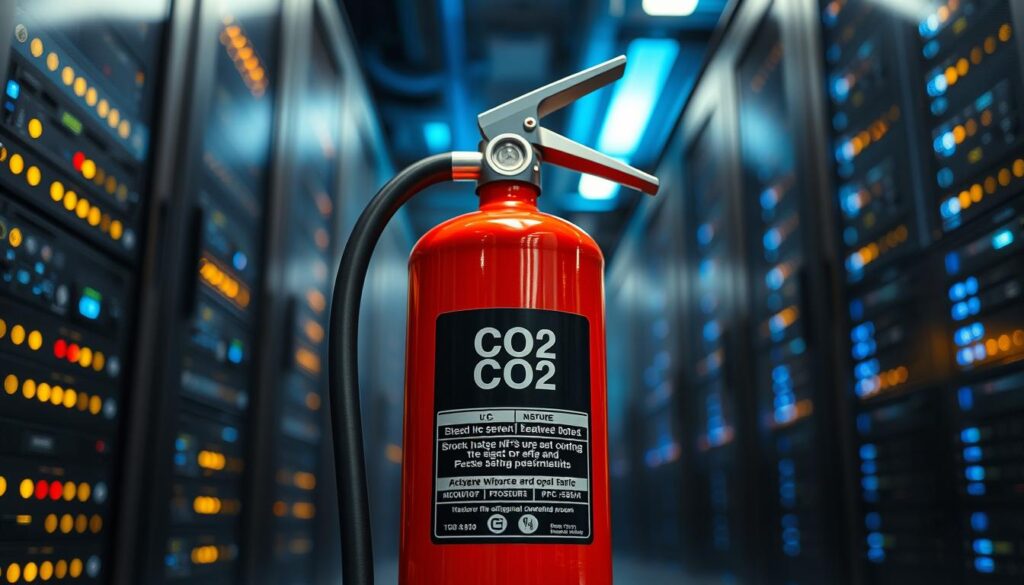
When it comes to tackling electrical fires and flammable liquids, CO2 fire extinguishers are the go-to solution. CO2 extinguishers are predominantly used for electrical fire risks and are usually the main extinguisher type provided in computer server rooms.
How They Work
CO2 extinguishers work by displacing oxygen from the fire area, effectively suffocating the fire by removing one of the essential elements needed for combustion. This makes them highly effective for electrical fires and Class B fires involving flammable liquids.
Suitable Applications
CO2 extinguishers are ideal for environments with valuable electrical equipment such as server rooms, offices, and areas with sensitive machinery. They are also effective for Class B fires involving flammable liquids like paint and petroleum.
Limitations and Safety Considerations
Users should be aware of important safety considerations, including the risk of cold burns from the extremely cold discharge, asphyxiation risk in confined spaces, and the possibility of re-ignition if the source of heat remains.
Ideal Locations for CO2 Extinguishers
The ideal locations for CO2 extinguishers include computer rooms, electrical distribution boards, server rooms, and alongside water or foam extinguishers to provide comprehensive fire protection coverage.
Dry Powder Fire Extinguishers
Dry powder fire extinguishers are identified by their blue label and are effective against Class A, B, and C fires, making them a versatile option for various fire types.
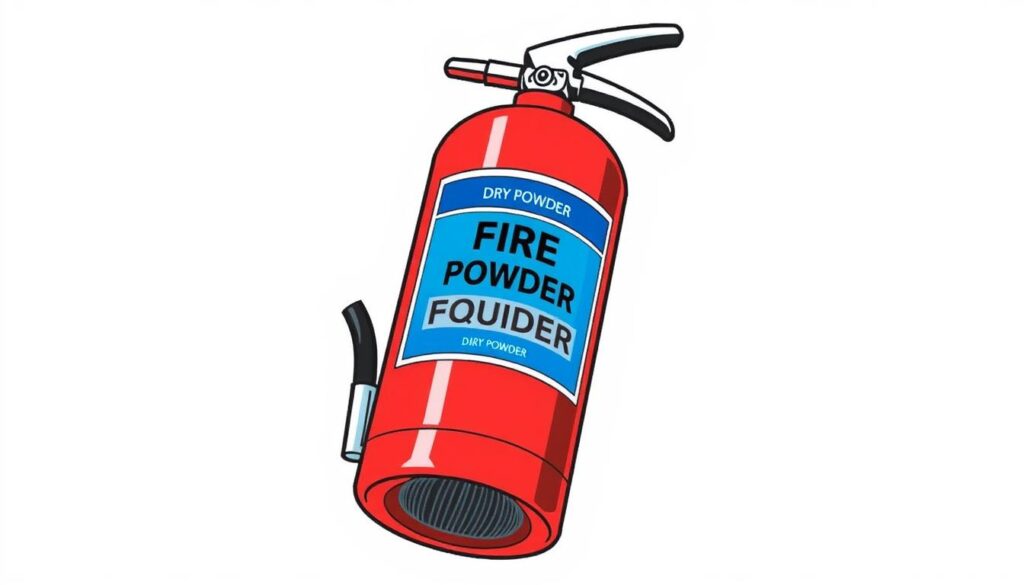
How They Work
Dry powder extinguishers work by releasing a fine chemical powder that interrupts the chemical reaction of the fire, effectively breaking the fire triangle and stopping combustion.
Standard vs Specialist Powder Extinguishers
Standard ABC powder extinguishers are suitable for multiple fire types, while specialist powder extinguishers are designed for Class D fires involving flammable metals like lithium, magnesium, and aluminium.
Suitable Applications
Dry powder extinguishers can be used on fires involving organic materials, flammable liquids, and flammable gases, as well as some electrical fires up to 1000v.
Limitations and Safety Considerations
Despite their versatility, dry powder extinguishers have limitations, including respiratory irritation, poor visibility after discharge, and potential damage to sensitive equipment. It’s crucial to avoid using them in enclosed spaces and to be aware of the limited cooling effect, which can lead to re-ignition.
Wet Chemical Fire Extinguishers

Wet chemical fire extinguishers are designed to tackle Class F fires involving cooking oils and fats. These specialised extinguishers are identified by their yellow label and are crucial for commercial kitchen environments.
How They Work
Wet chemical extinguishers create a layer of foam on the surface of the burning oil or fat, preventing oxygen from fuelling the fire. The spray also has a cooling effect, reducing the risk of re-ignition.
Suitable Applications
These extinguishers are ideal for commercial kitchens, canteens, and other environments where cooking oil and fat are used. They can also be effective on Class A fires involving solid combustible materials.
Limitations and Safety Considerations
Wet chemical fire extinguishers should not be used on flammable liquid or gas fires, electrical fires, or fires involving flammable metals. It’s essential to follow the manufacturer’s instructions and ensure that users are trained in their operation.
Kitchen Fire Safety
Kitchen fire safety is particularly important in commercial settings, where deep fat fryers and high-temperature cooking equipment present significant fire risks. Regular maintenance and inspection of fire extinguishers are crucial to ensuring they function correctly when needed.
Choosing the Right Fire Extinguisher for Your Premises
To mitigate fire risks, it’s essential to select the most suitable fire extinguisher for your home or business. The right choice depends on understanding the specific fire safety requirements for your premises.
Home Fire Safety Requirements
For home fire safety, a water mist extinguisher is often recommended due to its versatility and safety. In kitchens, pairing it with a fire blanket is advisable.
Business Fire Safety Requirements
Business fire safety requirements are more stringent, governed by the Regulatory Reform (Fire Safety) Order 2005. A comprehensive fire risk assessment is necessary.
Risk Assessment Considerations
When conducting a fire risk assessment, consider potential fire hazards, types of fires, building layout, occupancy levels, and user capabilities.
Multiple Extinguisher Strategies
In commercial environments, multiple extinguisher strategies are often necessary. Different types of fire extinguishers should be placed strategically to address various fire risks.
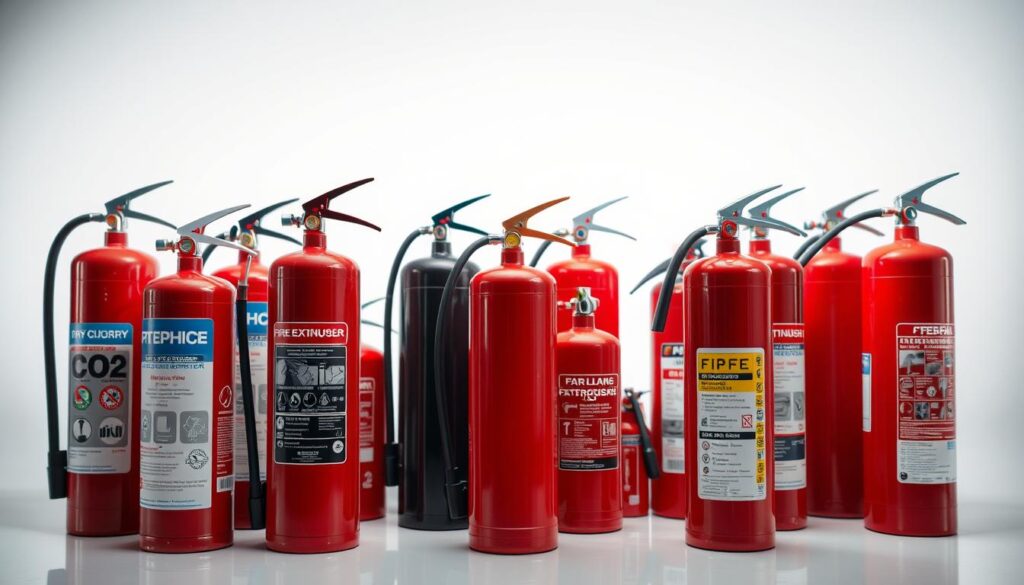
By understanding your specific fire safety needs and complying with relevant regulations, you can effectively choose the right fire extinguishers for your premises.
Fire Extinguisher Placement and Maintenance
To maximize fire safety, it’s essential to understand the importance of proper fire extinguisher placement and maintenance. Effective fire safety strategies rely on the correct positioning and regular upkeep of fire extinguishers.
Optimal Placement Guidelines
Extinguishers should be sited on escape routes on all floors at ‘fire points’. They should be fixed near a door leading to a place of safety or near a specific fire risk. Positioning them where they can be easily seen is crucial; avoid fixing them inside cupboards or behind doors.
Monthly Visual Inspections
You should conduct monthly visual inspections to check for signs of damage, tampering, or pressure loss. Ensure that extinguishers remain accessible and are not obstructed.
Annual Servicing Requirements
In the UK, annual servicing includes a thorough examination by a competent person in accordance with BS5306-3. Water, foam, and powder extinguishers require discharge and refilling every five years.
Service-Free Options
Service-free options like P50 extinguishers offer a 10-year lifespan without annual engineer servicing. However, they still require regular visual inspections by the owner.
- Position extinguishers on escape routes and near exits.
- Conduct monthly inspections for damage or pressure loss.
- Service extinguishers annually according to BS5306-3.
- Consider service-free options for reduced maintenance.
Conclusion
Protecting your property and the people within it from fire hazards requires a comprehensive approach, including the correct use of fire extinguishers. Understanding fire extinguisher types and uses is essential for creating an effective fire safety strategy that protects both people and property in homes and businesses.
The right fire extinguisher can make the difference between a minor incident and a devastating fire. Different types of extinguishers, such as water, foam, CO2, powder, and wet chemical, are designed for specific fire classes, including those involving wood, paper, and cooking oils.
Regular maintenance and proper placement of fire extinguishers are just as important as selecting the correct types. Monthly visual inspections and annual servicing ensure they will function correctly when needed. For businesses, compliance with the Regulatory Reform (Fire Safety) Order 2005 is crucial, requiring not only the appropriate extinguishers but also staff training and a comprehensive fire risk assessment.
Investing in quality fire extinguishers that meet British Standards provides peace of mind and demonstrates a commitment to fire safety that protects both occupants and buildings.
FAQ
What are the different classes of fires and how do I identify them?
Fires are classified into different categories based on the type of fuel involved. Class A fires involve combustible materials such as paper, wood, and cloth. Class B fires involve flammable liquids like petrol, oil, and paint. Class C fires involve flammable gases, while Class D fires involve combustible metals. Electrical fires are also a distinct category, and Class F fires involve cooking oils and fats. Understanding these classifications is crucial for selecting the right fire extinguisher.
How do I choose the right fire extinguisher for my home or business?
To choose the right fire extinguisher, you need to consider the specific fire risks associated with your premises. For homes, a multi-purpose extinguisher rated for Class A and B fires may be sufficient. For businesses, the type of extinguisher required will depend on the specific hazards present, such as electrical equipment, flammable liquids, or cooking oils. Conducting a risk assessment can help you determine the most suitable extinguisher.
What is the colour coding system for fire extinguishers, and what does it mean?
The colour coding system for fire extinguishers is a standardised system that indicates the type of extinguishing agent inside. For example, a red label indicates a water extinguisher, while a blue label indicates a dry powder extinguisher. Understanding the colour coding system can help you quickly identify the right extinguisher in an emergency.
Can I use a CO2 extinguisher on electrical fires?
Yes, CO2 extinguishers are effective on electrical fires because they displace oxygen and cool the equipment. However, it’s essential to ensure the extinguisher is rated for electrical fires and to follow the manufacturer’s instructions.
How often should I inspect and maintain my fire extinguishers?
Fire extinguishers should be visually inspected monthly to ensure they are in good condition and easily accessible. Annual servicing is also required to ensure the extinguishers are functioning correctly. It’s recommended to consult a professional for maintenance and servicing.
Are wet chemical extinguishers suitable for kitchen fires involving cooking oils?
Yes, wet chemical extinguishers are specifically designed for Class F fires involving cooking oils and fats. They work by cooling the fuel and preventing re-ignition. Wet chemical extinguishers are a crucial component of kitchen fire safety.
Can I use a water fire extinguisher on flammable liquids?
No, water fire extinguishers are not suitable for flammable liquids as they can spread the fuel and make the fire worse. Instead, use a foam or dry powder extinguisher rated for Class B fires.
What are the advantages of water mist extinguishers over standard water extinguishers?
Water mist extinguishers have several advantages, including their ability to extinguish fires with minimal water damage and their suitability for use on electrical equipment. They are also effective on Class A fires and can be used in areas where water damage is a concern.
